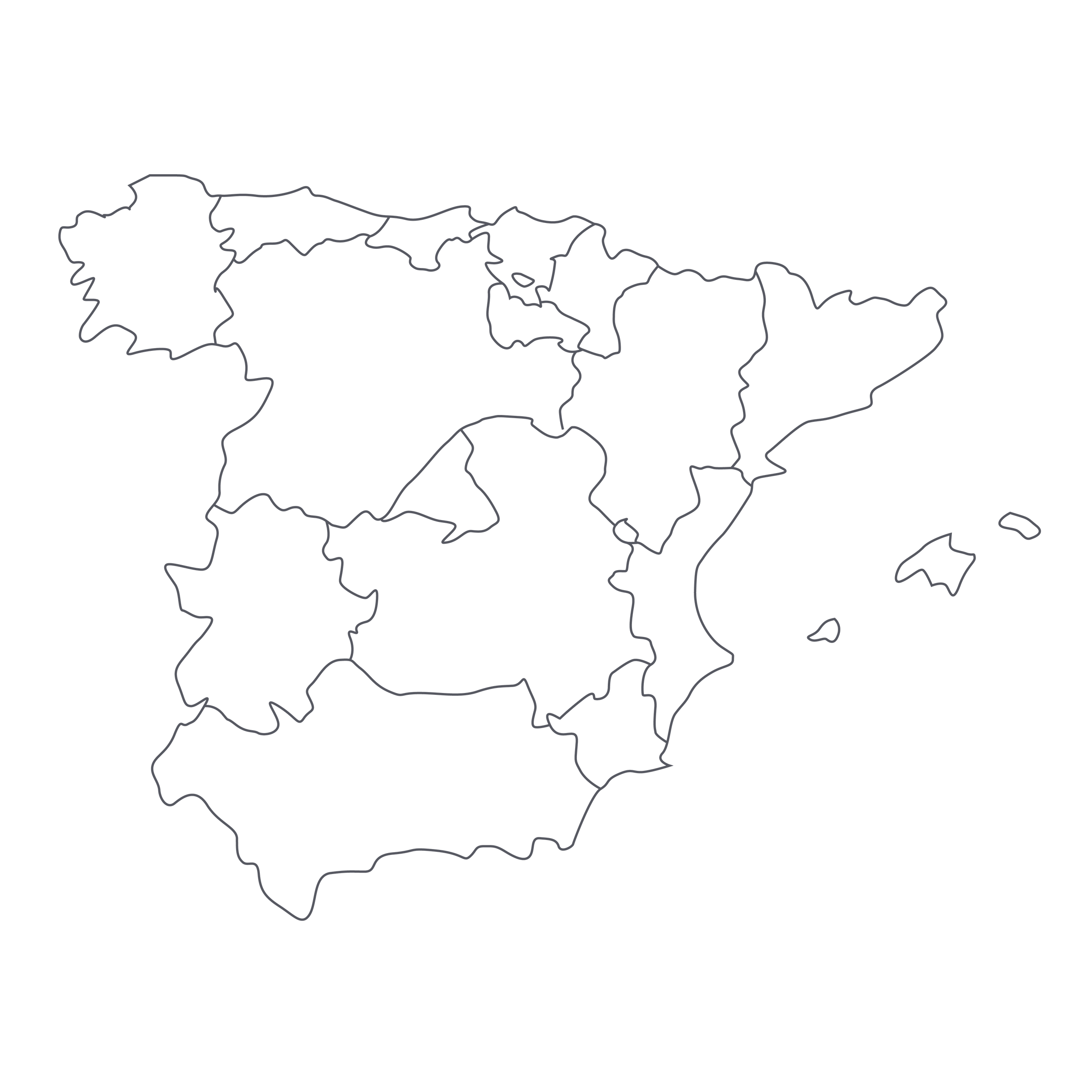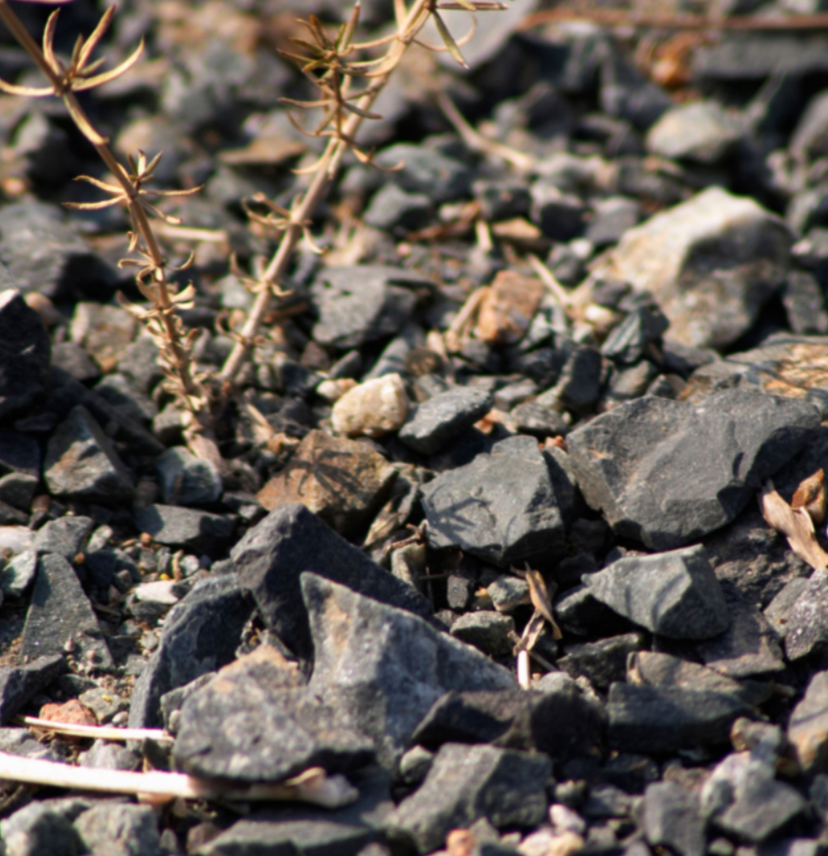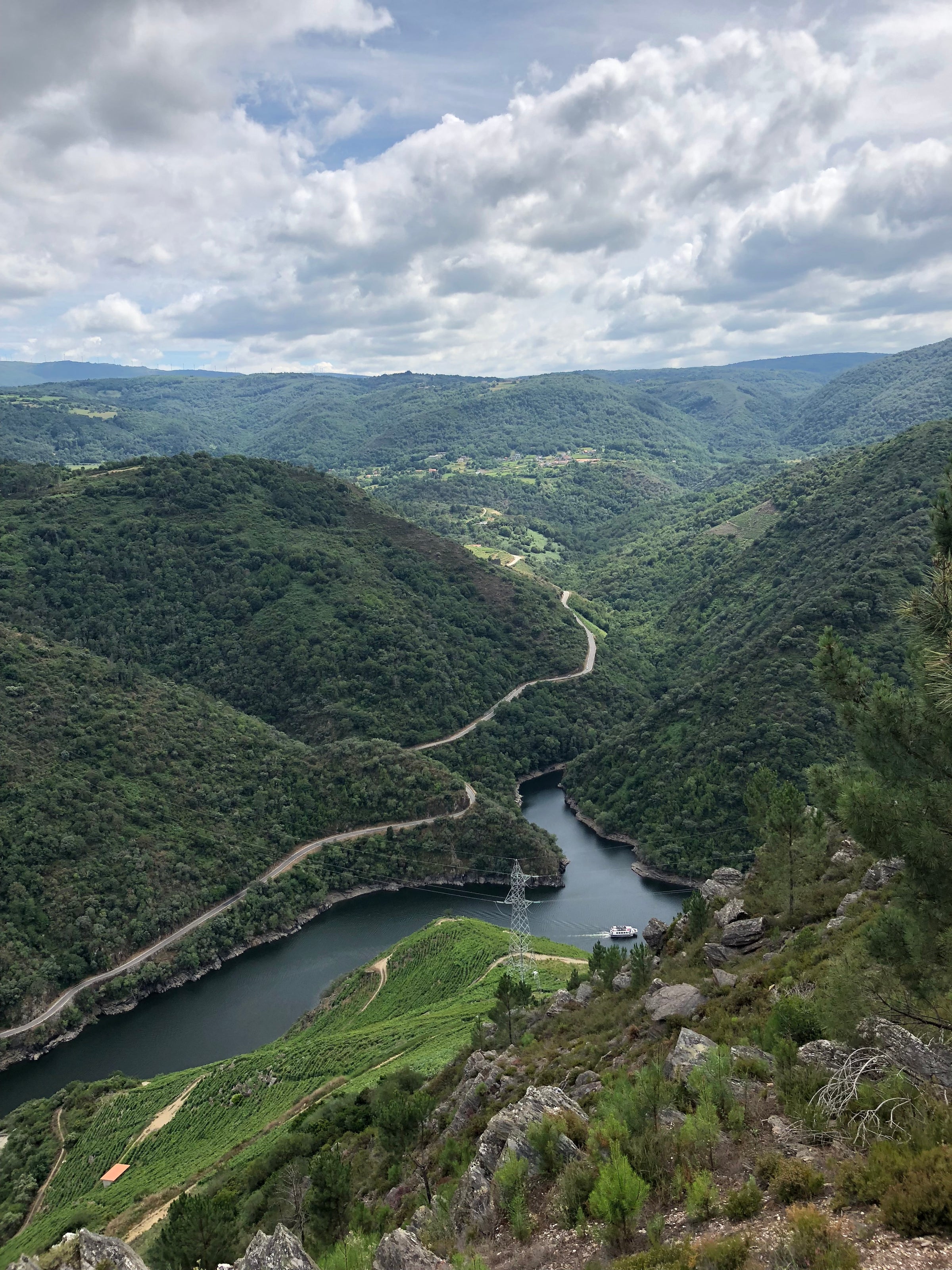There’s so much wine packed into this $20 bottle it’s hard to believe. It’s “a lot of wine for the money” not only in terms of its viscous, full-bodied personality but because there’s genuine history behind it.
Bodegas Ismael Arroyo isn’t some bulk-wine pumping station: It is one of the five founding wine estates of the Ribera del Duero DO and the careful steward of some of the region’s oldest Tempranillo vines. It is, of course, precisely this long heritage that enables Val Sotillo to deliver a wine of this quality at such a shockingly low price (when you’ve amortized your costs over the course of centuries, you’ve got a competitive advantage). So, if you haven’t yet experienced the impressive range of wines from Ismael Arroyo, today’s wine is the perfect bottle to start with—an ‘entry-level’ bottling that sure doesn’t perform like one. Bottled after just six months of aging in oak, “Finca Buenavista” is 100% Tempranillo with all sorts of power and dusty earth but plenty of freshness to temper it. You taste place, you get plenty of real old-vine concentration, and there’s a dollop of toasty oak, too: Wines of this pedigree are few and far between at this price point, and in a region with many flashy labels, Val Sotillo is not only one of the most historic but arguably the price/value leader. This wine proves it!
The iconic Vega Sicilia is Ribera del Duero’s international headliner, as is Alejandro Fernández (Pesquera), but while Bodegas Ismael Arroyo may be less widely known, it is no less foundational to one’s understanding of Ribera del Duero wine. For one thing, Ismael Arroyo/Val Sotillo is focused almost exclusively on Tempranillo (a.k.a. Tinto Fino/Tinto País in these parts), whereas as many of its contemporaries have incorporated “Bordeaux” varieties in significant percentages. The use of Cabernet Sauvignon, etc. is hardly uncommon—an exchange program of sorts between northern Spanish regions such as Ribera del Duero/Rioja and Bordeaux has existed for a very long time—but Val Sotillo reaches back further still.
Given the centuries-long history of wine production in the Ribera del Duero, it may surprise you to learn that the official DO (denomination of origin) was only written into law in 1982. Ismael Arroyo, whose family has been growing and making wine in the Val Sotillo subzone since the 1600s, was one of the people who helped write the Denominación de Origen discipline, having founded his eponymous estate in 1979. Still family-owned and based in the village of Sotillo de la Ribera, the property includes an incredible maze of 16th century caves where aging wine is stored. Farming has been organic since the estate’s creation, with vineyard holdings now spanning 25 hectares in 12 different plots.
Val Sotillo’s heirloom vineyards are 60-100 years old and are head, or “bush,” trained. Soils are a mix of sand, silt, marl, and limestone that characterizes the high-altitude meseta (plateau) that is the Ribera del Duero. Following the path of the Duero River (which becomes the Douro when it passes into Portugal in the west), the region is known for dramatic diurnal temperature swings, which helps lengthen the growing season and preserve acidity in the otherwise ultra-ripe grapes. The 2014 Finca Buenavista is aged just six months in a mix of American and French oak barriques, so while there’s an evident kiss of oak here, it’s just a kiss—not a slobber!
A friend of mine characterized Finca Buenavista as “the baby version of some of the greatest wines of the Ribera del Duero.” I concur. Ismael Arroyo created the wine as a way of spreading his love for pure, old-vine Tempranillo to a wider audience, and this wine succeeds at every level: In the glass, the wine is a deep ruby-black with hints of magenta, with a powerful nose of blackberry, plum, violets, licorice, coffee grounds, tobacco, a hint of dill and vanilla (from the American oak), and dark, humid earth. Full-bodied but relatively gentle with its tannic impact, this is a luscious wine to open now or over the next 3-5 years, knowing that you got an absolute steal on a guaranteed crowd-pleaser! Decant 30 minutes before consuming at 60-65 degrees in large Bordeaux stems, and pair it with a grilled steak prepared with the attached porcini mushroom rub. This wine is pure pleasure, not to mention pure Tempranillo. If you’re looking for an authentic taste of Spain, this is it!





